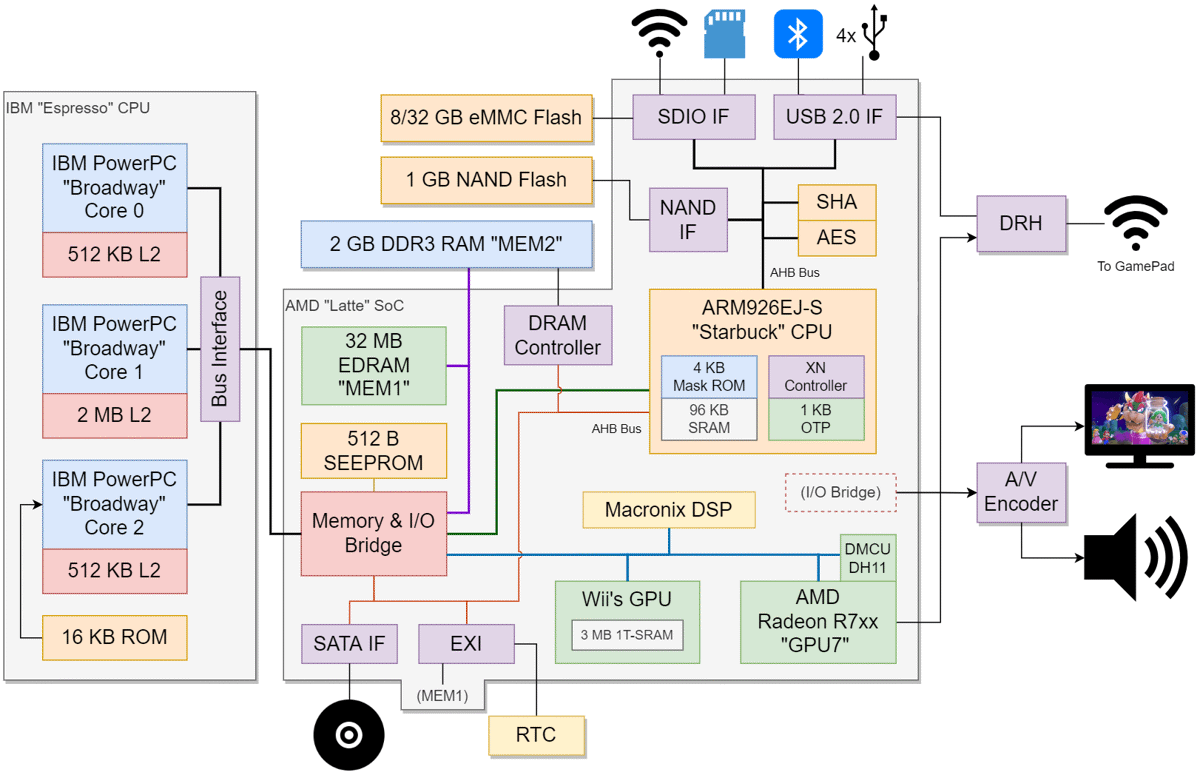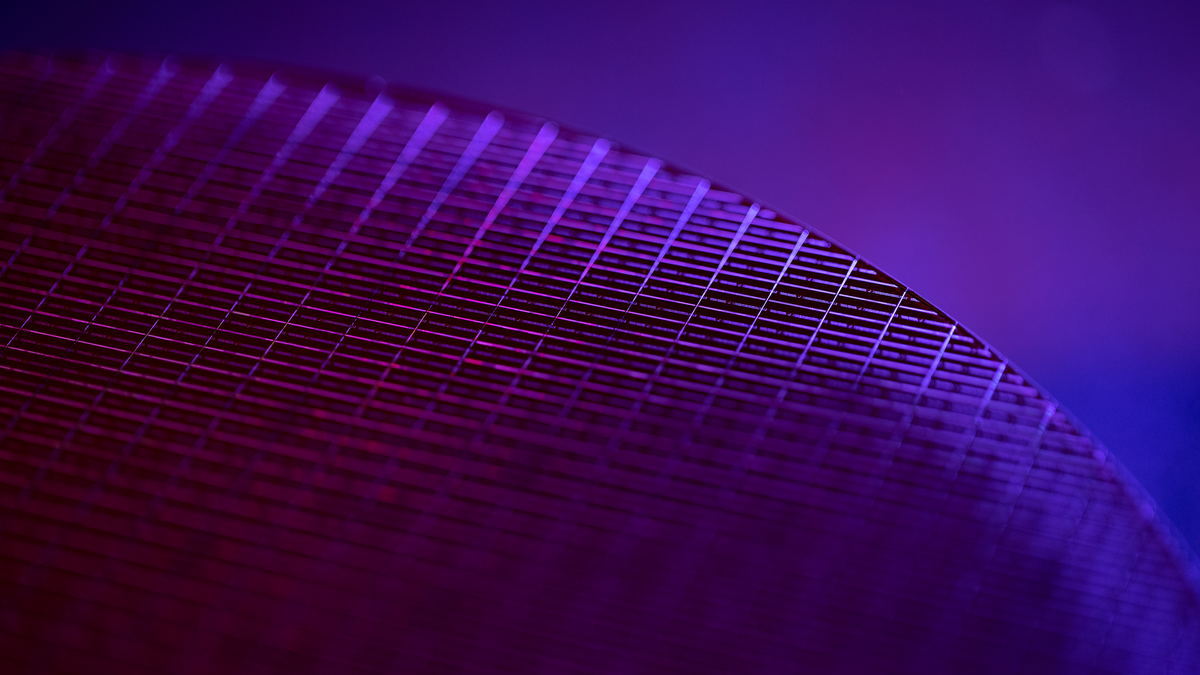Okay, so my current plan* is to get a 3440x1440 ultrawide, and probably a 12GB 3080. My question is, how much would CPU matter here? I'm thinking of getting an i7-13700(K or KF), but would that be overkill? Would I be better off saving money and getting an i5-13600, i7-12700 or even an i5-12600? Also, would you say the benefit (if it exists) to going with DDR5 memory over DDR4 outweighs the additional cost?
*this is reasonably likely to change, when I first started pondering this over a year ago I was looking at getting a gaming laptop lol
So, I personally think that it boils down to balancing two things:
1. Your budget. Relatively straightforward, everyone understands and can think of this one on their own.
2. Your usecase. The tighter your budget, the more you have to refine your understanding of just what exactly you want to do with your PC.
If your usecase is
strictly mainstream PC gaming:
-> If you plan for your build to last in the 3-5 year range: 6 big/'P' cores are sufficient. Any 12th/13th generation i5 should be fine. For a large chunk of the mainstream consumer audience, this is the default answer.
->If you want your build to
try to last longer than that: 12700 (k or non k), 13600k, wait for 13700 (I'm assuming that the extra P-cores eventually outweigh the probable difference in clocks in some games, but that bet could end up wrong...), or reach deeper into the wallet for the 13700k. 13700k is typically overkill in the present though, especially since you're more likely to be GPU-bound than CPU-bound at 1440p or higher.
If your usecase includes particularly heavy multi-threaded games (uh...I hear that 4X games eventually fall under that category? Late game Factorio? Games that eventually slow down because of the constant accumulation of stuff for the CPU to handle):
12700 (k or non k), 13600k, wait for 13700, or pay up for 13700k. Caveat: the 8 P-core SKUs have higher priority here. I think that games tend to be more sensitive to inter-core latency and/or waiting on other threads to finish?
If your usecase includes casual/semi-casual 'productivity' (rendering, code compiling, video transcoding, etc.; basically, you want raw multi thread power):
12700 (k or non k), 13600k, wait for 13700, or pay up for 13700k. You're more likely to be able to get away with the 13600k here because the Gracemont cores
should be more helpful here than for the previous usage.
If your usecase is primarily mainstream PC gaming but you want to leave open the possibility of dipping your toes into non-gaming heavy multi-threaded stuff:
13600k, 12600k, or the presumed 13500/13600 (non-k), or even the presumed 13400. The rumor/expectation is that the 13400/13500/13600 (non-k) is actually made from an Alder Lake die, not Raptor Lake.
Reminder/recap: 12600k is 6 Golden Cove/4 Gracemont. 13400 is presumed to be 6 Golden Cove/4 Gracemont (basically a 12600k with lower clocks). 13500/13600 are presumed to be 6 Golden Cove/8 Gracemont. 13600k is 6 Raptor Cove/8 'enhanced' Gracemont.
Raptor Cove = refined Golden Cove (slightly improved voltage/frequency curve, higher max clocks, more L2 cache, new prefetcher algorithm, one more thing related to L3*)
'enhanced' Gracemont = Gracemont with more L2 cache
One more spiel regarding difference between 12th and 13th generation**
As for DDR4 or DDR5...
Ehh, I personally think that the raw bang for the buck is still in favor of DDR4 at this time. But if your budget allows for it, going for solid DDR5 (with 13th generation) is also fine. It's possible that you'll need the memory bandwidth in the stuff you want to do in the future, but still within the lifetime of this next build. It's hard to say.
(a counter example would be my usecase, where I'm confident that for what
I, specifically, want to do with my next build either isn't all that memory bandwidth sensitive in the first place and/or would perform at a satisfactory level with decent DDR4 anyway).
*apparently there's a new mechanism that can switch the L3 cache policy between inclusive and non-inclusive on the fly; that's new to me.
**Oh, yea, there's also been improvement to the ring bus (the interconnect between all the cores) between Alder Lake and Raptor Lake. So, with 12th generation, the clock frequency which the ring bus ran at was tied to the E-cores. So for people that wanted to maximize their gaming performance, they would disable the E-cores to allow the ring run faster. With 13th generation
so far, the ring bus runs at a much higher clock, so people no longer need to disable the E-cores. The catch is, I don't know if that improvement carries over to the Alder Lake-die based SKUs (i5 non-K, i3, and below).

 www.copetti.org
www.copetti.org







